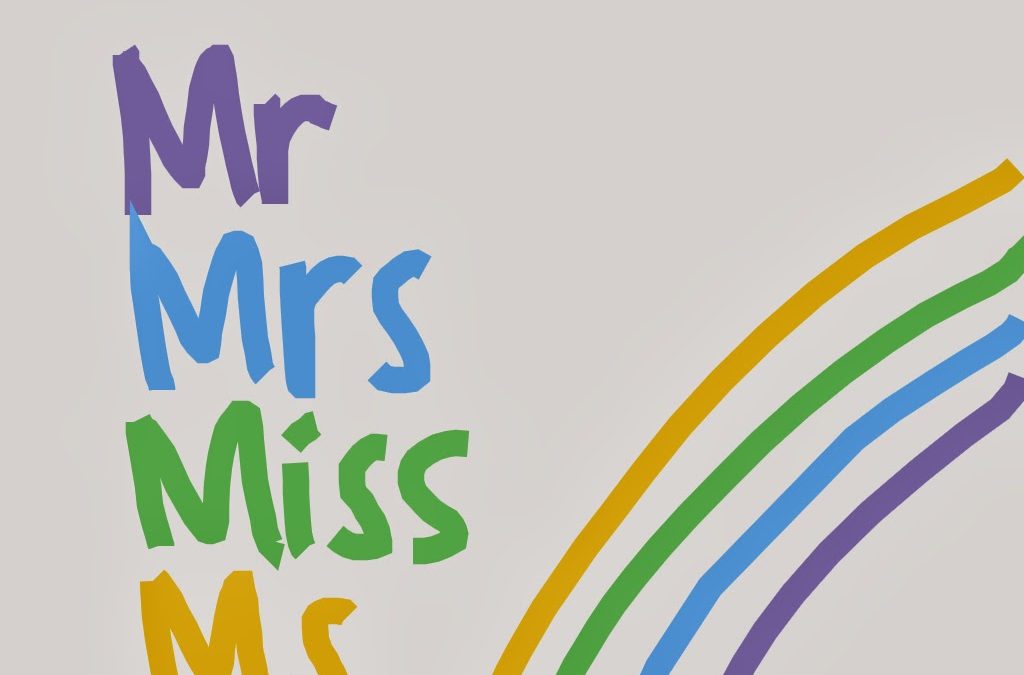
Language is a Concept: San-Mr. Mrs. Ms.
Language is a Concept: San-Mr. Mrs. Ms.
Language is a Concept: San-Mr. Mrs. Ms.
Some of the Japanese social conventions took one much longer to internalize, and some of these lesson were really tough.
One would have never thought something as simple as not adding the honorific suffix san to someones first or last name could bring about such angst and unpleasant strife. Even if it was in the name of being “friendly”.
The age old custom of the Japanese attaching the honorific san to the first and/or last names of the people one addresses is perhaps one aspect of Japanese etiquette which may seem like trivial nonsense to some foreigners.
However, whatever foreigners think about this very important social convention is not relevant whatsoever.
What matters is to understand how absolutely imperative it is to tag the honorific suffix san to someone’s name, first or last.
This custom is so ingrained in Japanese culture it sometimes appears to have lost its original intent, which is to show respect.
However, not using san can definitely be interpreted as disrespectful if the individual being addressed is not a junior, a family member, or a friend, and if the situation is formal.
One must also be very careful when addressing relatives that are not in the immediate family.
One had an extremely unpleasant experience a long time ago when trying to be more “friendly” to an old uncle during a wedding party and not adding anything to his name. It was even all the more worse as I used his first name instead of the last name, doubling the intensity of the shame.
This turned out to be a major crisis of my former wife’s household and took a long time to fade away, but I can honestly say the permeate damage was done.
This left me in a quandary as to why something as seemingly benign as not adding san could cause such an uproar in this traditional farming family’s house.
Perhaps along with this old man’s vivid memories of the war planes flying overheard to firebomb Tokyo, this may have left him somewhat prejudice against this naive and palefaced honkey.

Remember, omission of this important social protocol maybe be taken as sign of disrespectful of the Japanese and their culture, and nothing gets the Japanese’s dander up more than disrespect, perceived or otherwise.
Some foreigners often ask their coworkers who are more or less on equal footing to use their first names without adding the honorific suffix san, and some Japanese may do so in informal settings.
However, in most situations the Japanese will add san to a name as they just don’t feel right about not adding san.
Now after the passage of time, the reason for adhering to this particular important social conventions is now crystal clear.
Here is some sound advice to the dear reader in order for one not to appear as a savage who stinks of butter:
Add san to everyone’s name, until one is absolutely sure that not adding it will not end in tears for all involved.


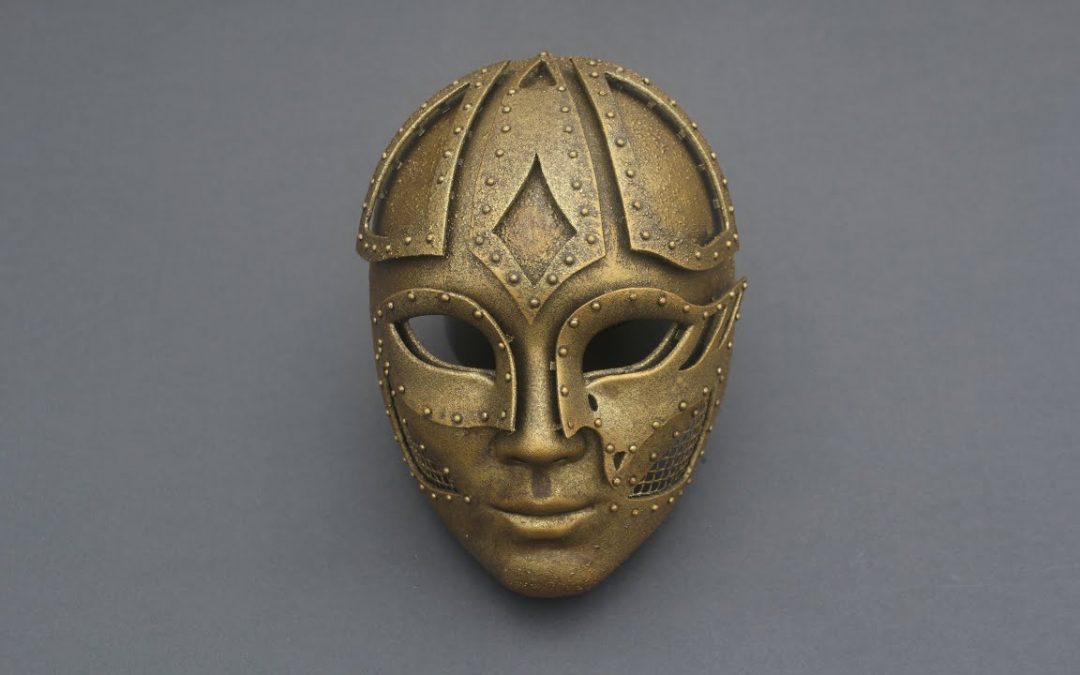





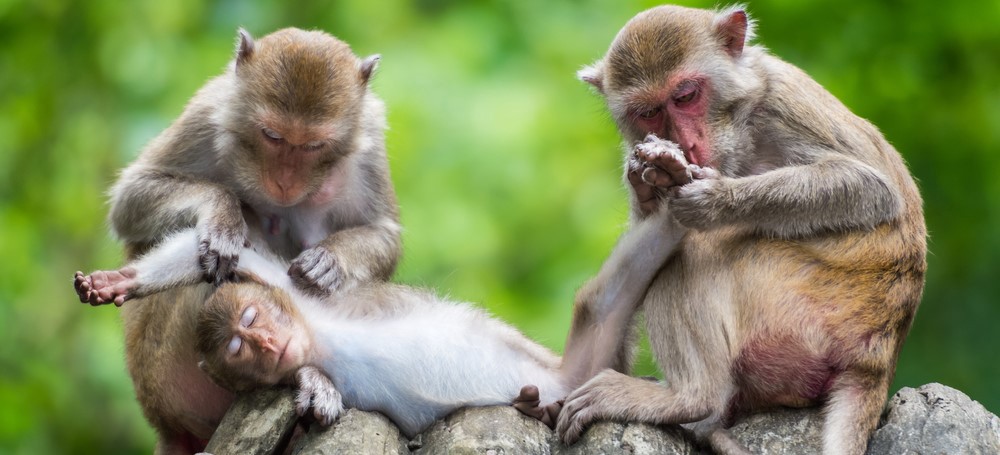

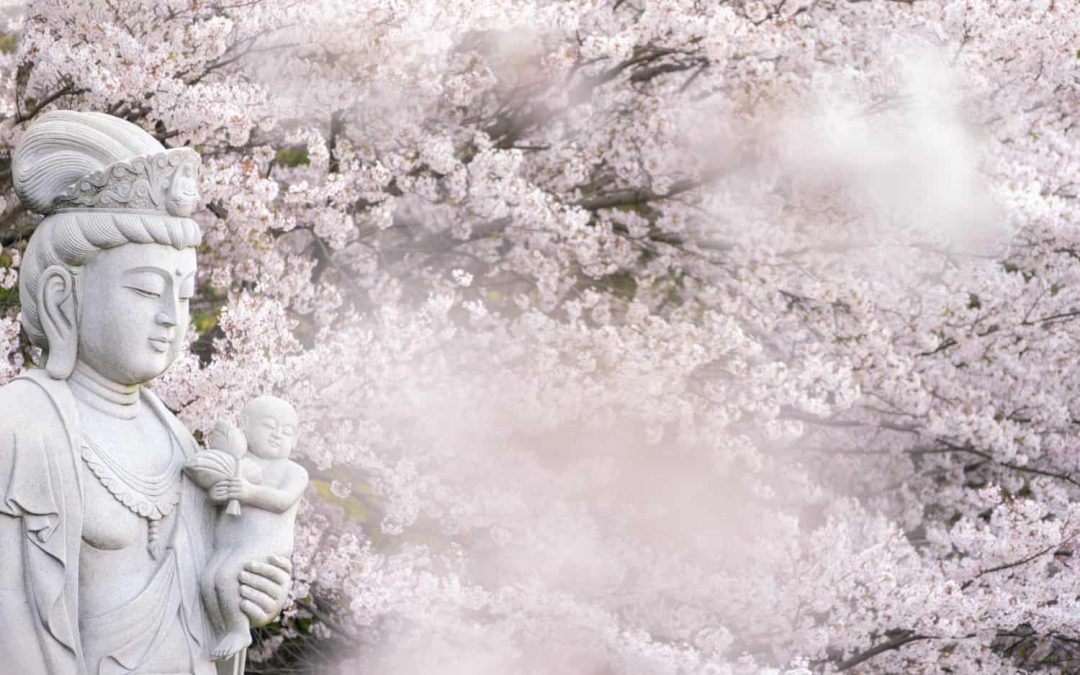
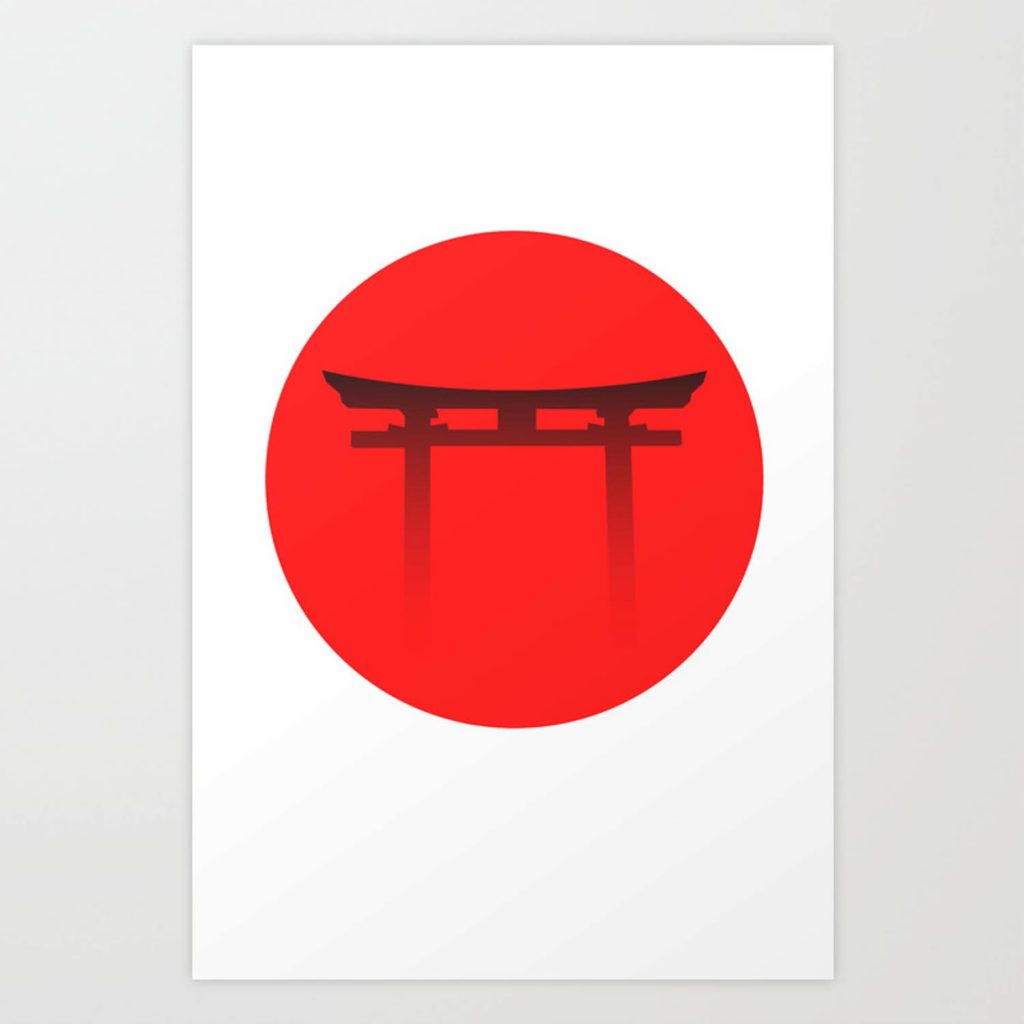


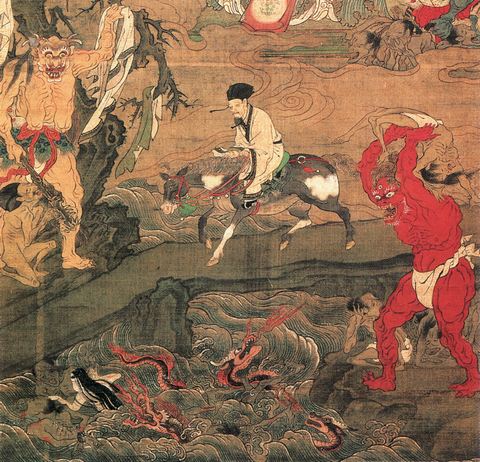
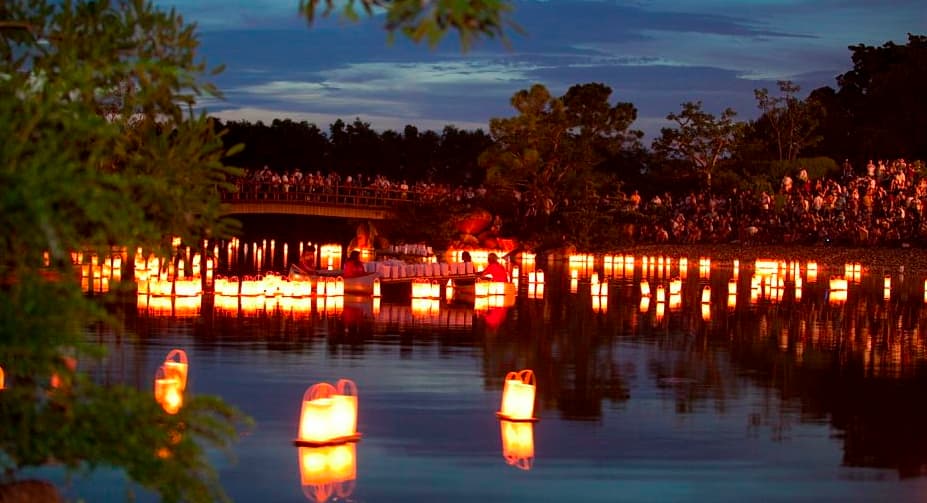
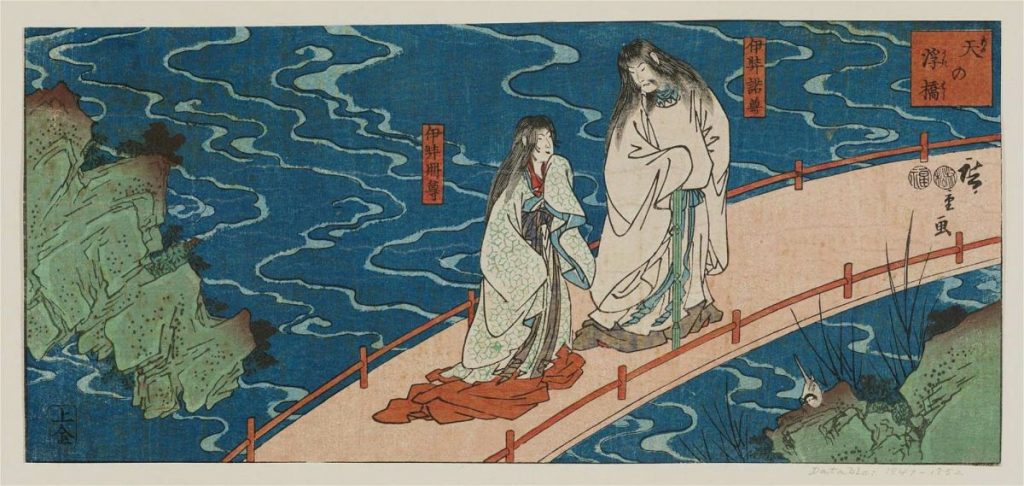

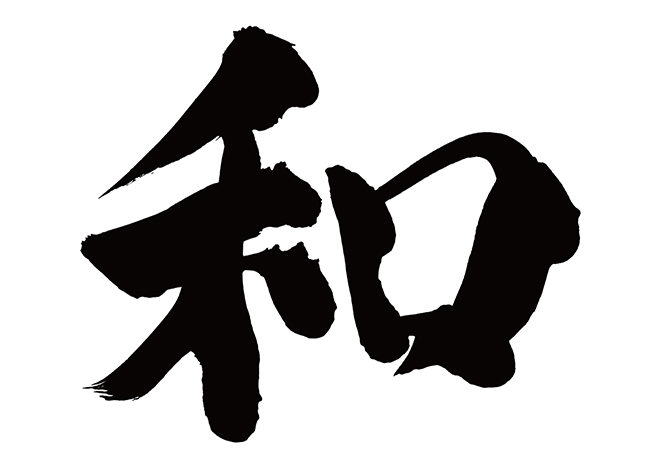
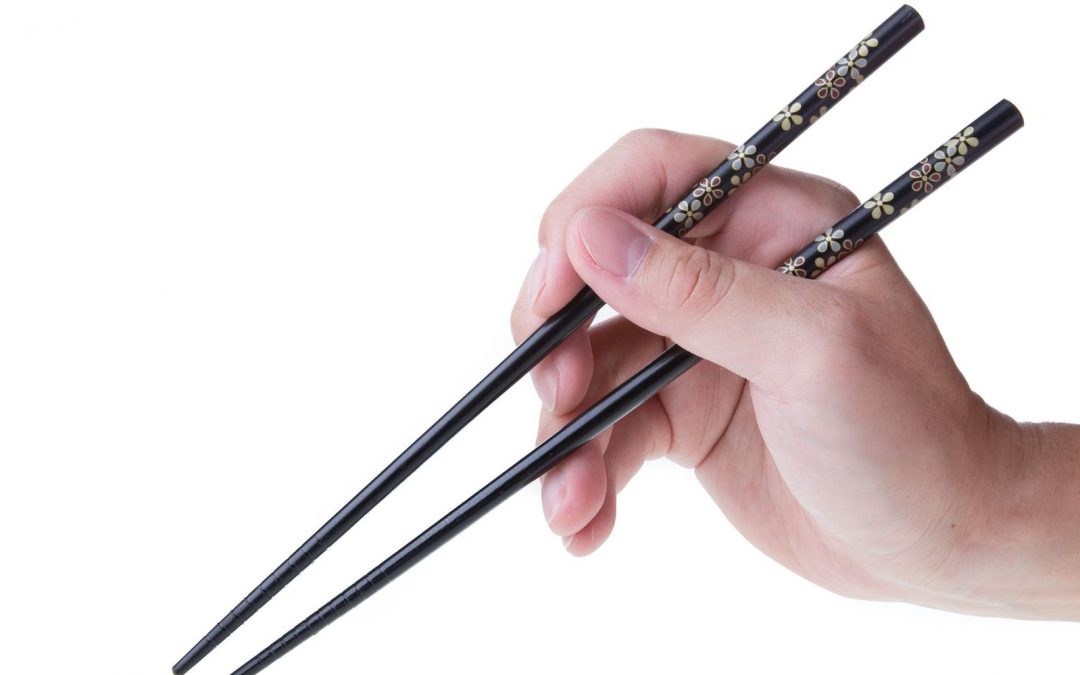






Recent Comments